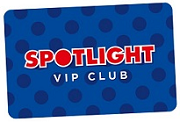 | ||
| Your browser is not supported. | ||
|
Please browse our site using any of the following options:
| ||
Anatomy of a sewing machine
Machines vary significantly.
Some are computerised while others are manual. Some have dozens of stitches to choose from, others have several basic ones. The basic parts of sewing machines stay pretty much the same.
Bobbin
- Two small discs, connected by a shaft around which thread is wound. This thread is used to form the underside of each stitch.
- Can be made of metal or plastic.
Bobbin Housing
- Machines have a hollow underneath the throat plate into which the bobbin can be placed.
- Some machines have a 'drop in bobbin' which allows you to place the bobbin directly into this hollow just as it is.
- Others have a bobbin case, which require you to load the bobbin into metal casing, thread the thread through it, and then insert the case into the housing.
Bobbin Winder & Tension Disc
- The winder is a small pin that the bobbin is placed on in order to have thread wound onto it.
- Thread is pulled from the spool through the tension disc in order to be wound neatly and firmly onto the bobbin.
Feed Dogs
- Small teeth set into the throat plate that grab the fabric and feed it through the machine.
- Their speed is controlled by the pedal.
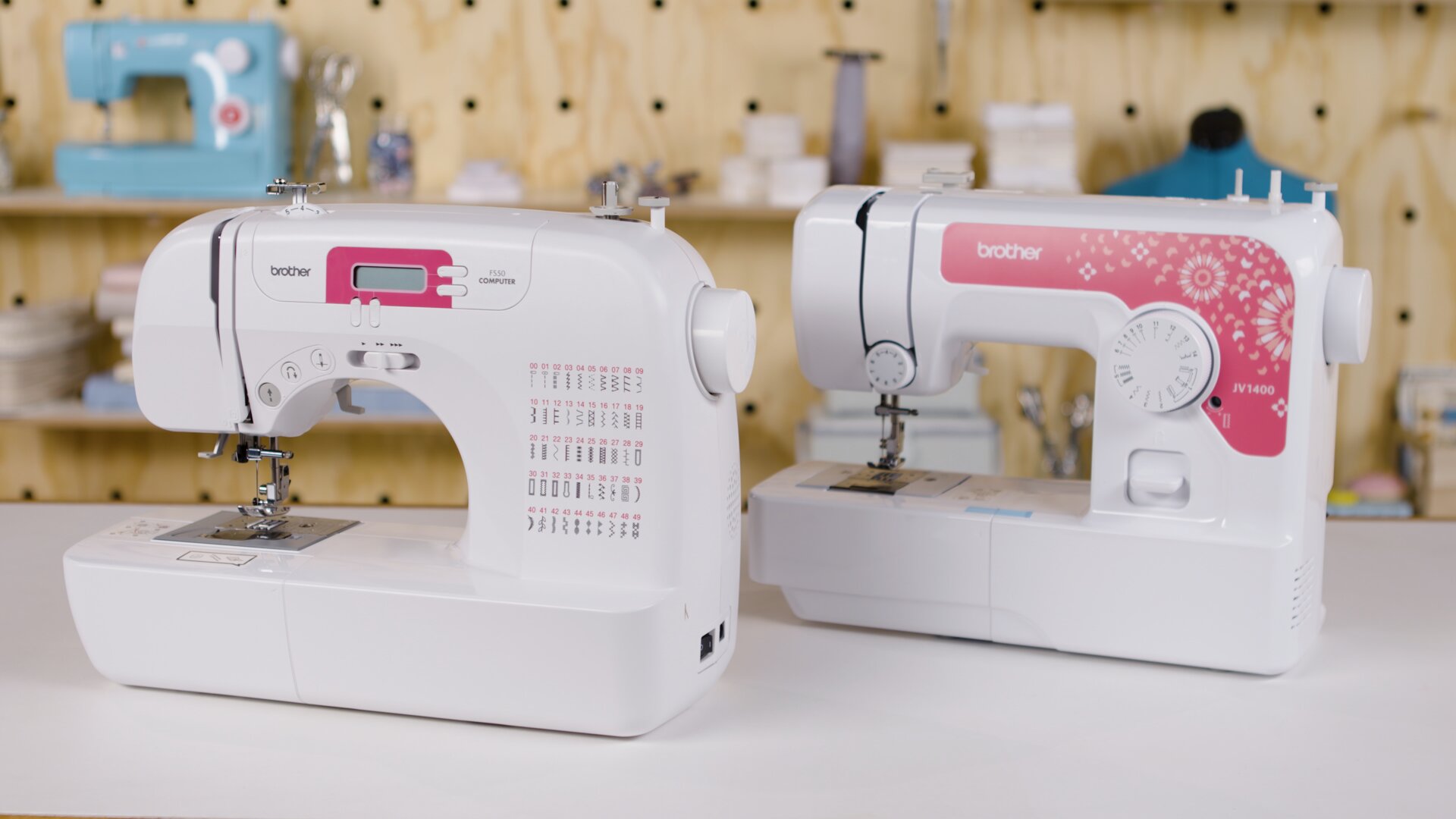
Handwheel
- A large wheel on the side of the machine that can manually control the needle.
- Used to reposition the needle, or make single stitches with precision.
Needle
- Pierces the fabric with thread, and creates stitches by forming loops with the bobbin thread underneath.
- Held in place by a needle clamp.
Pedal
- A that sits on the floor and activates the machine when pressed down on.
- The harder you press, the faster the machine will go (though most machines have a dial or slider which can be adjusted to control the machine's maximum speed).
Presser Foot
- A lever operated piece of metal or plastic keeps fabric flat and taut while sewing, and allows it to be moved along evenly by the feed dogs.
- There are a variety of different feet for different purposes including buttonholes, zippers, and other specific tasks.
Reverse Button
- A button that, when pressed, causes the machine to sew in reverse.
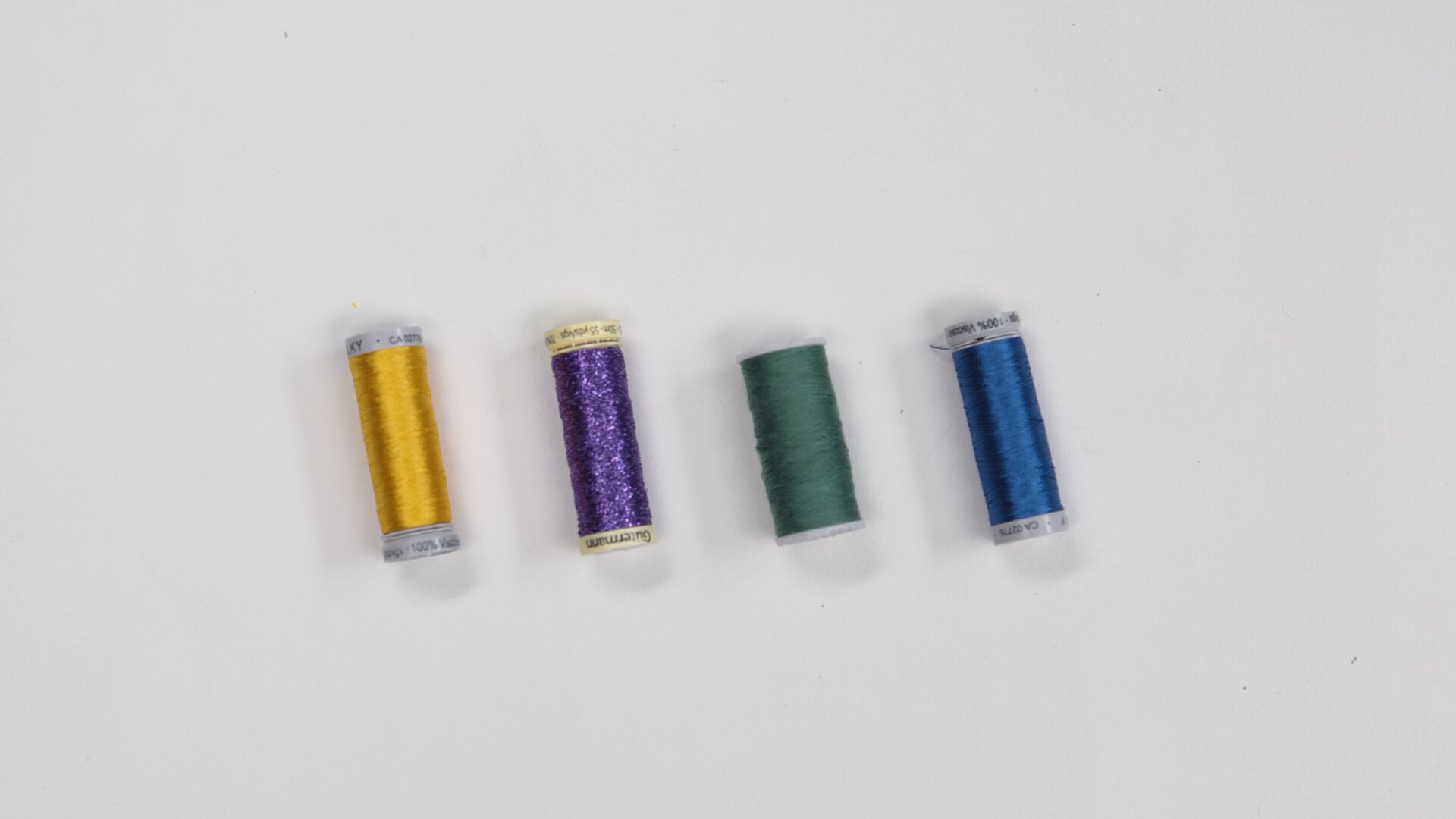
Spool Pins
- Narrow lengths of plastic or metal set on top of the machine, onto which the spool of thread is placed. They hold the thread in a way that allows it to rotate easily and release thread as the machine is operated.
- Most spool pins are vertical, but some are horizontal. These require a stopper to hold the spool in place.
Stitch Selection Mechanism
- Means by which stitch type can be selected (eg. zig zag, straight, etc.)
- Depending on machine can be:
- Dial/knob
- Computerised with buttons
- Computerised with touch screen
Thread Cutter
- A small blade for cutting thread at the end of a piece of sewing. This eliminates the need for scissors.
Thread Guides & Take Up Lever
- Parts of the machine through which thread passes as it travels from spool to needle.
- They regulate the tension, and help feed the thread through the machine properly.
- Most machines will have numbers printed on them to indicate how you should run your thread through these parts of the machine.
Throat (or Stitch) Plate
- Covers the bobbin housing, and mechanisms
- Usually has ruled stitch guides for measuring width of seams and seam allowance.
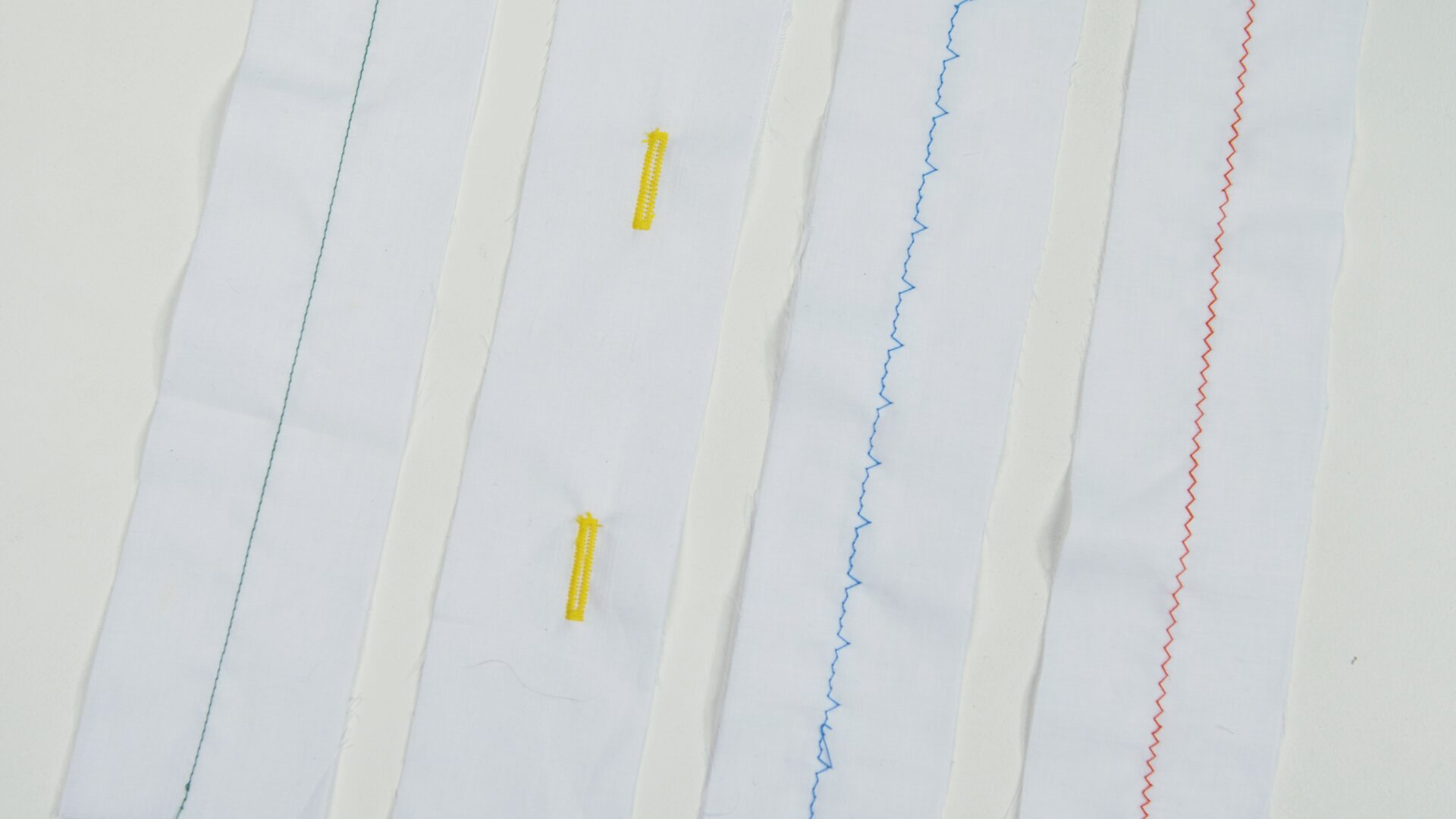
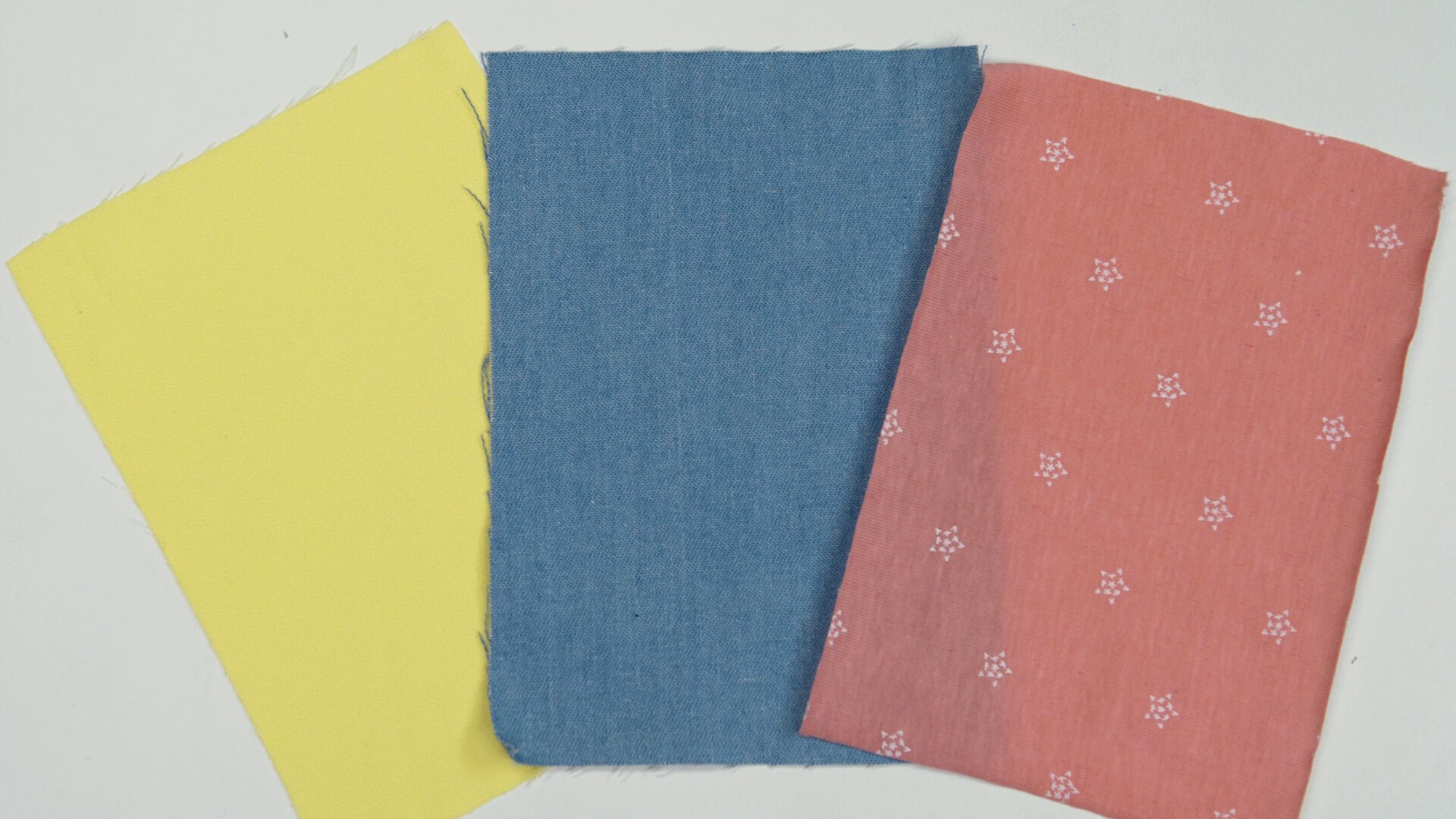
SPECIALTY MACHINES
Apart from standard home sewing machines, there are a few specialty machines that can be used by sewists with particular interests and skills.
Overlocker or Serger
- Particularly useful for garment making as they create edges, seams and hems very quickly and neatly.
- Overlockers cut fabric while sewing, trimming excess fabric as they go.
- Their stitches oversew the edge of the fabric giving a professional finish, and preventing fabric from fraying.
- They can sew with two to five cones of thread at once, allowing them to make a range of stitches and finishes.
- Can create seams that can stretch with knit fabrics.
Long Arm Machines
- Machines that have an extras long distance between the needle and the body of the machine.
- Makes it possible to sew large and bulky projects such as quilts.
Embroidery Machines
- Machines that can be programmed to create custom embroidered details on fabric.
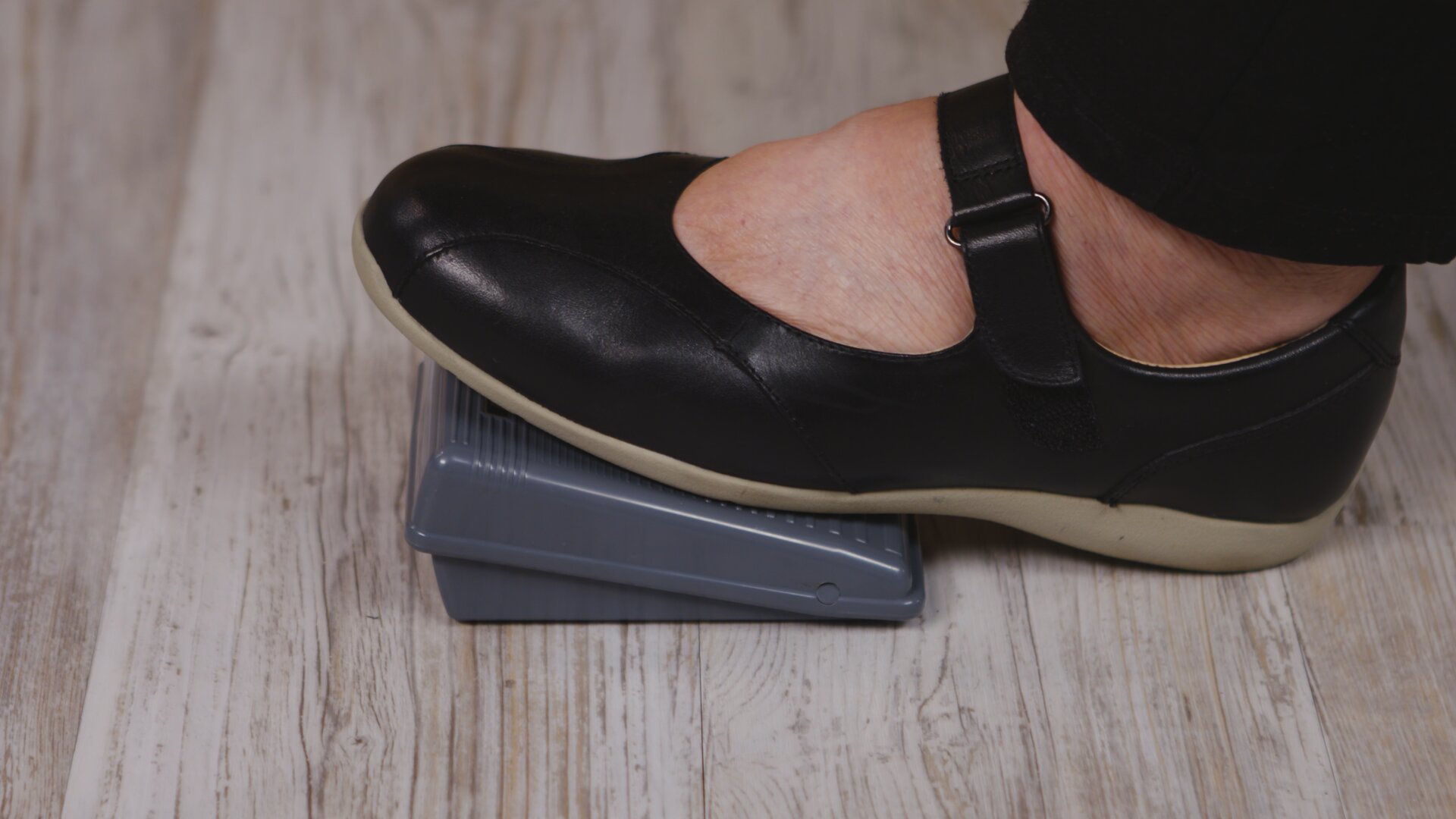
Want to look at more Sewing & Quilting options?
Check out Spotlight's range of sewing & fabric ideas online, visit your local store or contact one of our experts for assistance.




